|
Michigan has some of the best wildlife-based recreation opportunities around. This newsletter offers updates on the great work going on for wildlife conservation across the state.
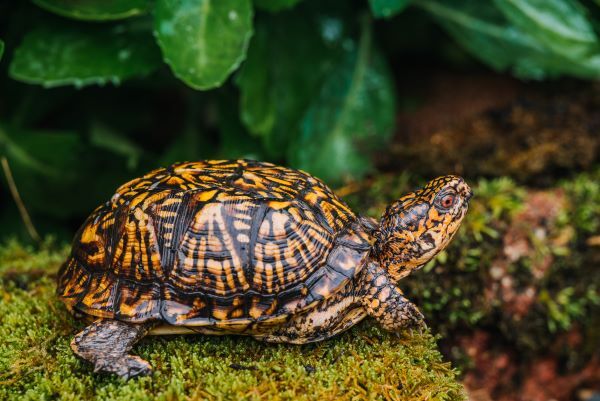 Eastern box turtles are a fortress on legs. These small reptiles have a unique defense strategy for keeping safe when predators are around – they clamp their shell shut. A hinge under the body allows them to retract their legs and head into their shell and close it, like they’re hiding in a super strong box!
Box turtles display various colors and patterns on their shells, with males having light red to orange eyes and females sporting dark red to brown eyes. They typically inhabit areas near ponds, fields, meadows and woodlands across the northern Lower Peninsula.
Box turtles were recently listed as a threatened species on the Michigan threatened and endangered species list. If you come across one, take a moment to admire it and then move on. These wild turtles must remain in the wild to help local populations. Do not take them home. If you see a box turtle in the road, you can move it across the road in the direction it was heading, but only if it is safe for you and other drivers to do so.
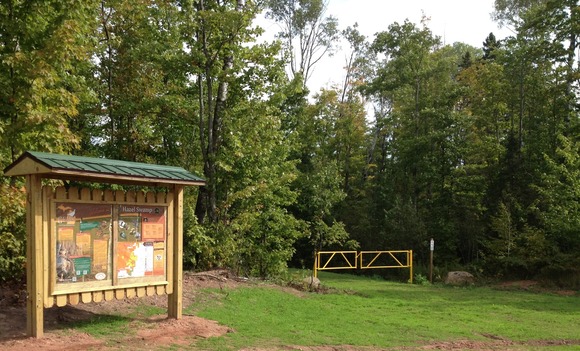 In 2024, we celebrate the 10th anniversary of the Grouse Enhanced Management Sites program and its ten years of success in managing wildlife habitats, providing hunting opportunities and offering outdoor experiences for conservationists.
There are 19 GEMS across 73,000 acres in the Upper Peninsula and northern Lower Peninsula, each offering a rich and unique bird hunting experience.
"Each site prioritizes young aspen forests to support successful woodcock and grouse production," explained Adam Bump, Michigan Department of Natural Resources upland game bird specialist. "Designed with hunters in mind, these areas offer premier hunting destinations for Michigan residents and nonresidents alike."
GEMS provide comfortable yet adventurous opportunities for recreationists, including youths, first-time public land users and those with mobility challenges. Equipped with walking paths, parking lots, trail maps and site information, these areas feature convenient access for an enjoyable experience.
During the spring bird migration, GEMS become a wonderland for birdwatchers, offering incredible sightings of golden warblers, American redstarts, chestnut-sided warblers and indigo buntings.
GEMS not only offer abundant opportunities to connect with nature but also serve as vital links to local communities. Bird hunting tourism draws visitors to local businesses, while habitat management days, in collaboration with local partners, foster community engagement and collaboration in wildlife conservation efforts.
To plan your GEMS trip, visit the DNR's Where to hunt page.

Nik Kalejs, the wildlife biologist for Muskegon, Kent and Ottawa counties, has been with the DNR Wildlife Division for 43 years!
When asked what his favorite part of working for the Wildlife Division has been, he offered, "It's a combination of all the opportunities I've had to work with hunters, especially those at the managed waterfowl area hunts, and the peregrine falcon work I've done. Over the years, I have really enjoyed the flexibility and the freedom to work with the land to create wildlife habitat and work with our constituents."
If you would like to learn more about Nik's incredible work with peregrine falcons, listen to the DNR "Wildtalk" podcast episode "Mr. Kalejs' Home for Peculiar Peregrines."
|
|
Wildlife technician Greg Hochstetler covers Muskegon, Kent and Ottawa counties and has been with the division for 12 years.
Greg's favorite part of working in wildlife conservation is restoring imperiled natural communities, such as oak savanna habitats, which are some of the rarest natural communities in the state.
|
|
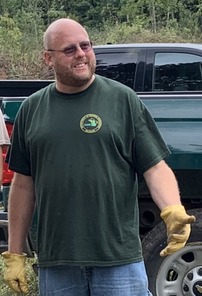 |
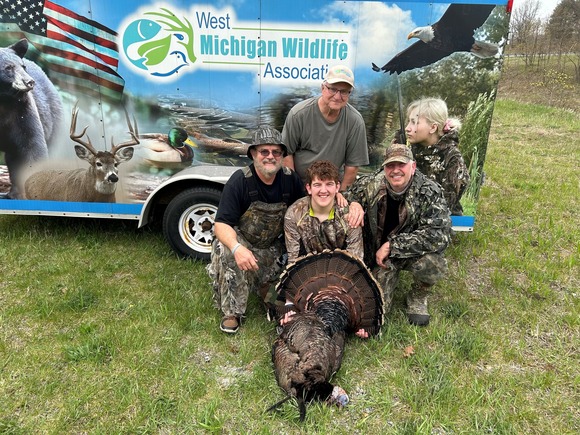 The spring turkey season is off to a great start for 12 youth hunters. The DNR's Muskegon wildlife staff and the West Michigan Wildlife Association partnered to host a weekend youth spring turkey hunt last month at the Muskegon County Resource Recovery Center. Youth hunters met with wildlife biologists to learn turkey biology and conservation and with DNR conservation officers to learn hunting and firearm safety. Each participant was equipped with a firearm, hunting equipment and a mentor provided by the West Michigan Wildlife Association. Eight turkeys were harvested, and a grand time was had by all.
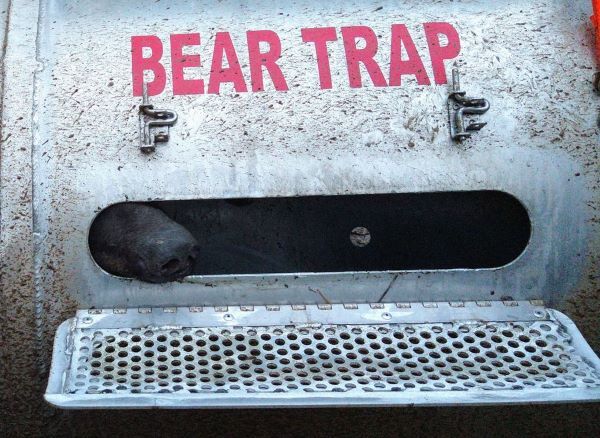 Wildlife staffers are already addressing bear conflicts occurring across the Upper Peninsula and norther Lower Peninsula. For residents in bear country, the spring is a critical time to prepare your yard for a summer free of conflict from bears and other wildlife. A few simple actions can save you time, money and stress, and keep wildlife safely at a distance.
- Remove bird feeders or replace with bird baths, nest boxes or native flowers.
- Bring in outdoor pet foods and keep grills and patio furniture clean.
- Secure garbage cans indoors overnight; take them to the curb the morning of pickup.
- Protect beehives with electric fencing.
Bears that are allowed to eat from these food sources can become repeat visitors, which can cause issues for people. Remove food sources now so bears don’t have to be removed later.
To learn more about being Bear SMART this spring, visit Michigan.gov/Wildlife or contact the DNR Wildlife Division at 517-284-9453.
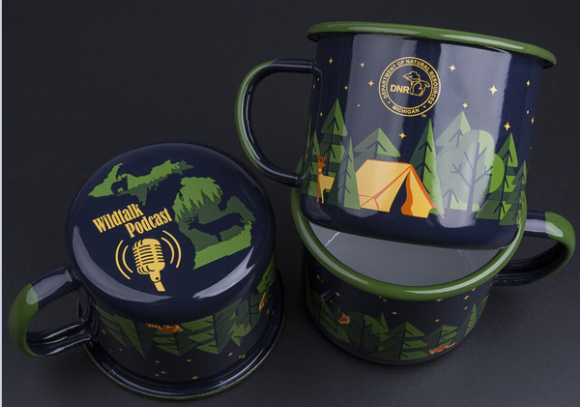
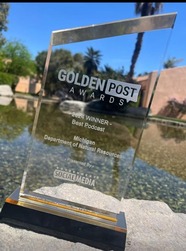
The DNR's "Wildtalk" podcast brought home gold as the winner of the Golden Post Award for best podcast.
The Golden Post Award, recognizing excellence in government outreach, was presented at the 2024 Government Social Media Conference, held April 16-18 in Palm Springs, California.
The podcast features Wildlife Division staff members who chew the fat and shoot the scat about all things habitat, feathers and fur. With wildlife insights, interviews and questions answered on the air, it offers listeners a better picture of what's happening in the world of Michigan's wildlife.
Congratulations to show hosts Eric Hilliard, Rachel Lincoln and the dedicated DNR team that makes the "Wildtalk" podcast an entertaining and educational resource. Dive deeper into the world of Michigan's wildlife by subscribing to "Wildtalk" wherever you get your podcasts. Tune in to the latest episode to learn about red foxes, indigo buntings and work happening for wildlife above the bridge.
|
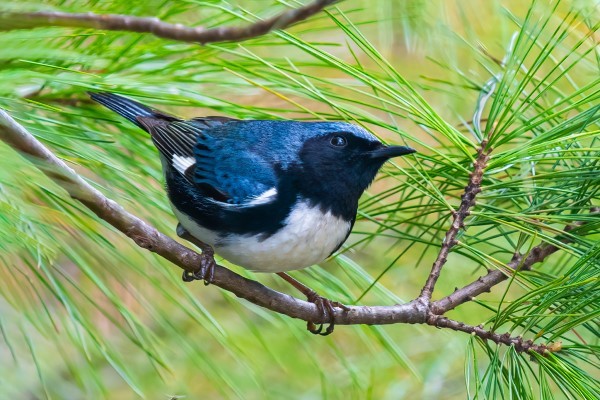 Did you know that our public lands are some of the best places to go birding in Michigan? This month is one of the most exciting during spring migration, as small, gemlike birds called warblers and other songbirds arrive in great numbers. Learn more about which bird species to expect and where to find them.
Join MI Birds and DNR at an event near you! Look for spring migrants on an immersive bird walk, attend a public open house or join us for a webinar from wherever you are!
May 17: Nayanquing Point State Wildlife Area open house - Bay County
May 17: Pointe Mouillee State Game Area open house - Wayne County
May 18: Portage Marsh birding tour - Delta County
June 8: Harsens Island at St. Clair Flats State Wildlife Area open house - St. Clair County
June 13: Demystifying Michigan State Game Areas: Gourdneck State Game Area webinar – Online, wherever you are
MI Birds is a public outreach and education program created by Audubon Great Lakes and the Michigan DNR. Birders and hunters share similar conservation values, but rarely cross paths. MI Birds aims to bridge the divide and increase and deepen Michiganders' engagement in the understanding, care and stewardship of public lands that are important for birds and communities.
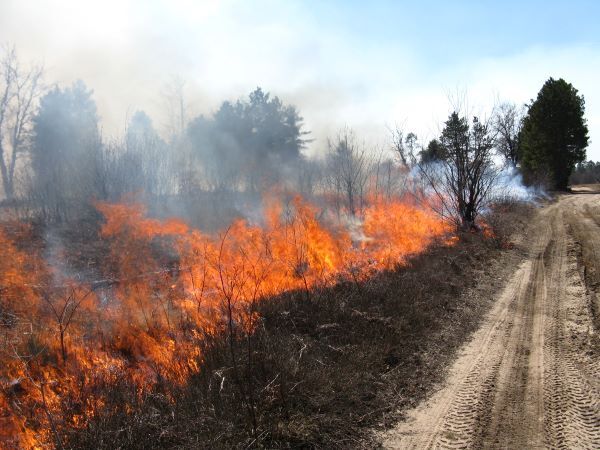
Springtime brings optimal conditions for fire experts to plan fires, called prescribed burns. These burns help control invasive species, improve wildlife habitat and help Michigan's forests and grasslands grow. They also remove natural materials that could provide fuels for bigger wildfires.
There are a lot of burns being conducted around the state this time of year. Wildlife biologists, forest fire officers and other natural resources professionals evaluate the area and write a burn plan to help them achieve their goals. See what makes prescribed burns so important for creating wildlife habitat in our prescribed burns story map.
|